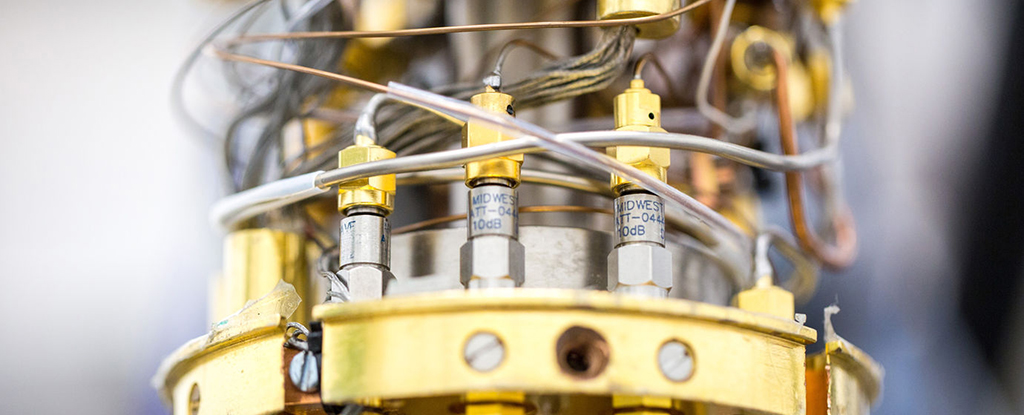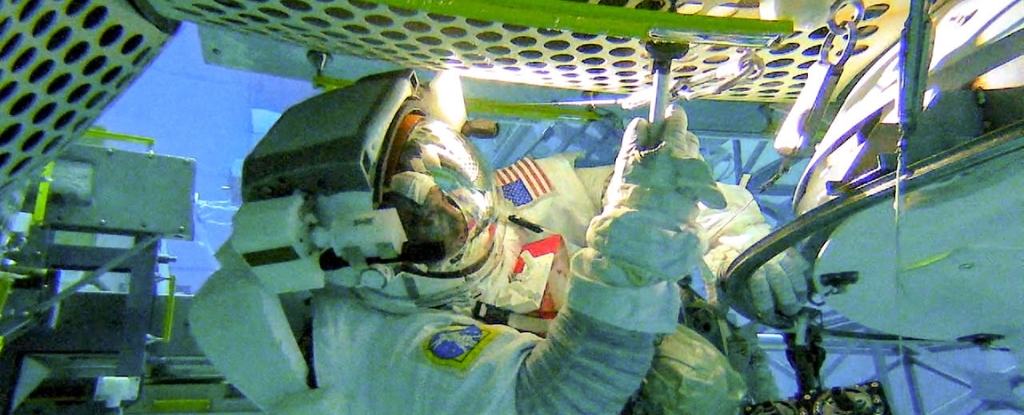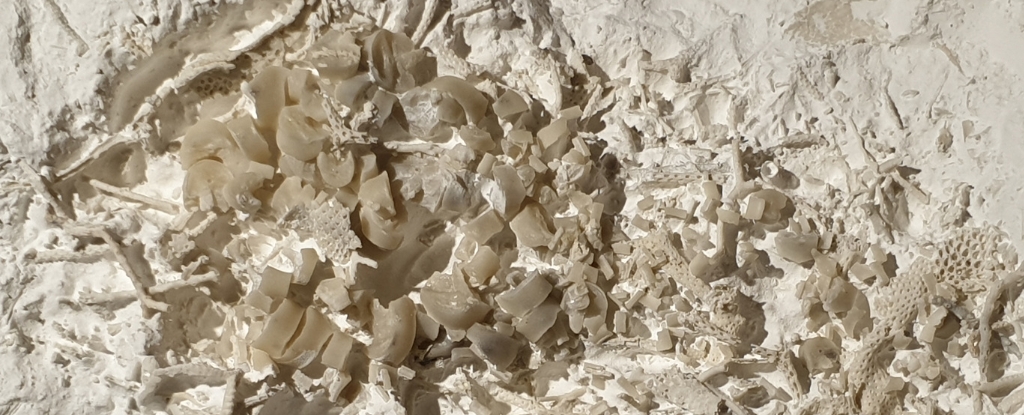Usually, in order to measure an object, we need to interact with it in some way. Whether it’s from a shove or a shove, an echo of sound waves, or a shower of light, it’s nearly impossible to look at without touching it.
In the world of quantum physics, there are some exceptions to this rule.
Researchers at Aalto University in Finland propose a way to ‘see’ a microwave pulse without absorption and re-emission of light waves. It is an example of a special non-interacting measurement, where something is observed without being shaken by a mediating particle.
The basic concept of “look without touch” is not new. Physicists have shown that it is possible to use the wave-like nature of light to explore spaces without invoking its particle-like behavior by splitting properly aligned light waves down different paths and then comparing their journeys.
Instead of lasers and mirrorsthe team used microwaves and semiconductors, making it an achievement in its own right. The setup used a so-called Transmon device to detect an electromagnetic wave pulsed into a chamber.
Although relatively large by quantum standards, these devices mimic the quantum behavior of individual particles at multiple levels using a superconducting circuit.
“The interaction-free measurement is a fundamental quantum effect that detects the presence of a light-sensitive object without irreversible photon absorption,” the researchers write in their published paper.
“Here we propose the concept of coherent interaction-free detection and demonstrate it experimentally using a three-level superconducting transmon circuit.”
The team relied on the quantum coherence generated by their custom-designed system – the ability of objects to assume two different states at the same time, such as Schrödinger’s Cat – to make the complex setup successful.
“We had to adapt the concept to the different experimental tools that are available for superconducting devices,” says the quantum physicist Gheorghe Sorin Paraoanufrom Aalto University in Finland.
“For this reason, we also had to significantly change the standard non-interacting protocol: we added another layer of quantumness by using a higher energy level of the transmon. Then we used the quantum coherence of the resulting three-level system as a resource.”
The experiments performed by the team were supported by theoretical models that confirmed the results. It’s an example of what scientists call the quantum advantage, the ability of quantum devices to go beyond what is possible with classical devices.
In the delicate landscape of quantum physics, touching things is tantamount to breaking them. Nothing ruins a decent wave of probability quite like the crunch of reality. In cases where recognition requires a softer touch, alternative detection methods – like this one – could be useful.
Areas where this protocol can be applied include quantum computing, optical imaging, noise detection, and cryptographic key distribution. In any case, the efficiency of the systems involved would be significantly improved.
“In quantum computing, our method could be used to diagnose microwave photon states in certain memory elements,” says Paraoanu. “This can be seen as a highly efficient way to extract information without disturbing the functioning of the quantum processor.”
The research was published in nature communication.





